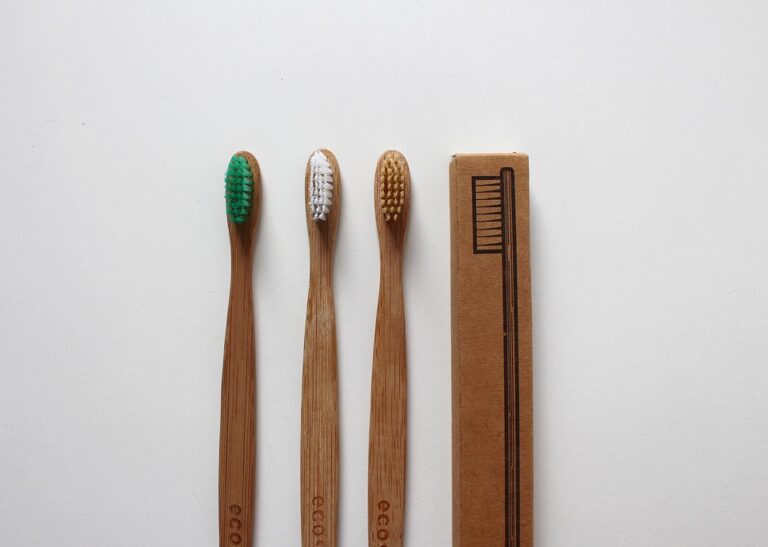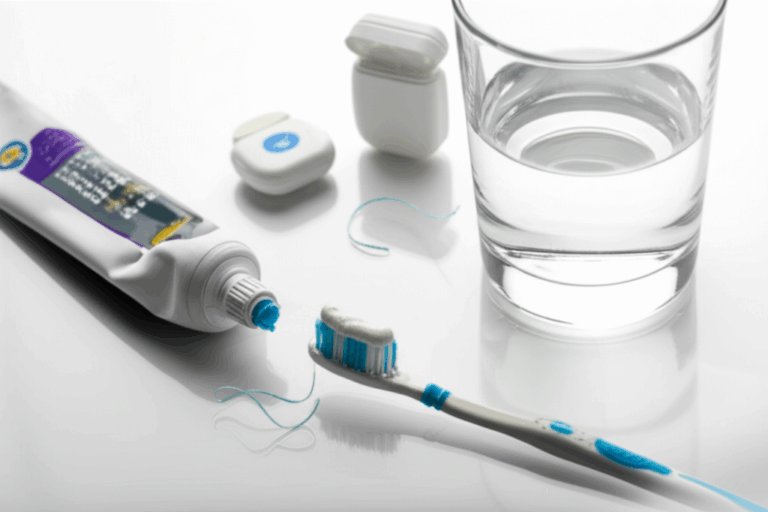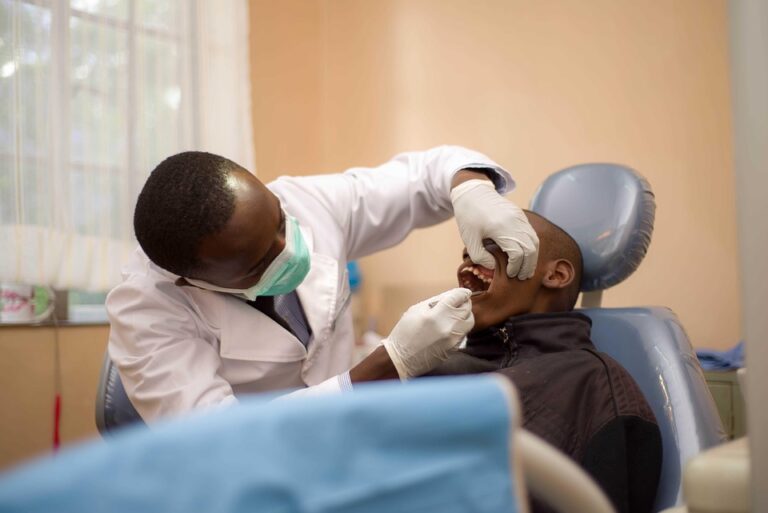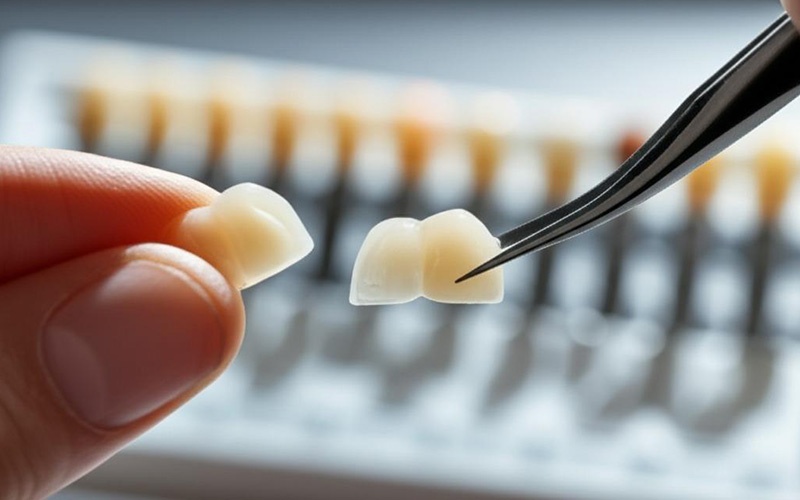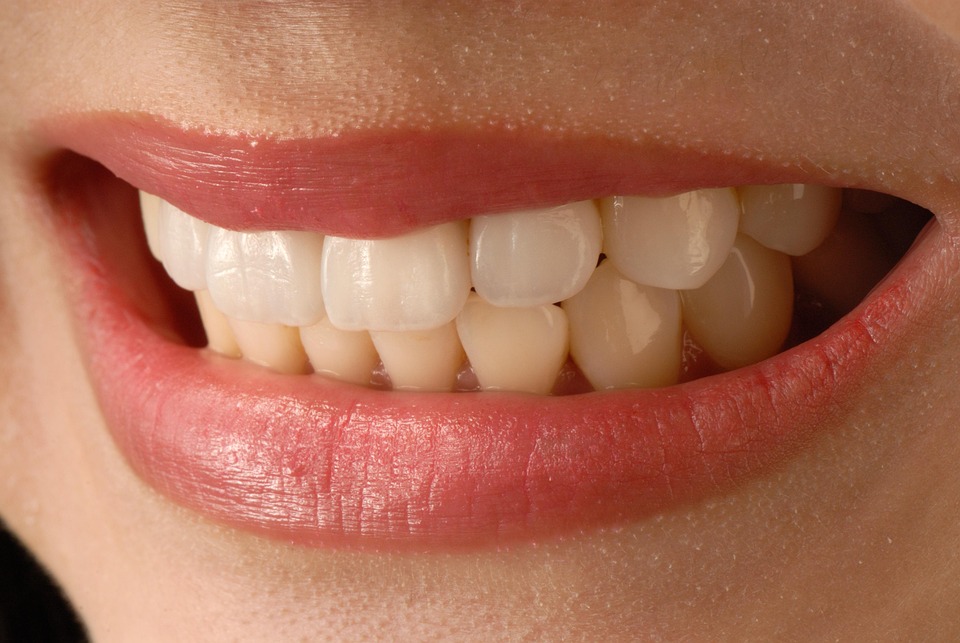
How Much Does the Dentist Cost? Your No-Nonsense Guide to Dental Prices & Affordable Care
When was the last time you put off a dentist appointment because you worried about the price? Like most people, that probably happens more than you’d like to admit. We all know ignoring the dentist can backfire, but with prices that seem too high or just plain unclear, it’s easy to hesitate when it’s time to book a visit.
Let’s bust some myths, clear up the confusion, and give you a simple look at what dental care actually costs and how to keep your smile healthy without spending too much. You deserve clear info and more control over your dental bill. Let’s jump in.
In This Article
Here’s what you’ll find below:
- Why Dental Prices Are So Confusing (It’s Not Just You)
- What Does Routine Dental Work Usually Cost?
- What Makes Dental Care More or Less Expensive?
- How Can I Lower My Dental Costs or Find Cheap Options?
- How Expensive Are Dental Emergencies?
- Why Taking Care of Your Teeth Pays Off
Why Dental Prices Are So Confusing (It’s Not Just You)
The Worry
It’s so common—you get a price for a filling or cleaning and are shocked. Why did your friend pay half as much in another state? Why does your insurance barely seem to help? If this makes you feel lost or worried about dental bills, you are definitely not the only one.
Dental care can easily cause sticker shock—even for a simple exam. But here’s the deal: dental prices are not just random. Multiple things come together to set the price, and it helps to know what’s going on.
That’s what we’ll help you with here.
What Does Routine Dental Work Usually Cost?
Let’s go right to the numbers. Here are simple price ranges for the most common dental services without insurance (unless shown). These are averages from the American Dental Association and other dental surveys. Your cost in real life may be lower or higher, depending on where you are and what you need.
Preventive & Diagnostic Care
Cleaning and check-ups help keep your mouth healthy and stop bigger problems down the road.
| Procedure | Average Cost | What’s Involved |
|---|---|---|
| Dental exam & consultation | $50 – $150 | Checkups and first visits; specialists usually cost more |
| Routine cleaning | $75 – $200 | Cleans away tartar and plaque; sometimes comes with an exam |
| Bitewing X-rays (set of 4) | $25 – $75 | Checks for cavities; often included yearly |
| Panoramic X-ray | $100 – $250 | Shows the whole mouth; useful for braces or wisdom teeth |
| Fluoride treatment | $20 – $50 | Protects teeth, common for children |
| Dental sealant (per tooth) | $30 – $70 | A coating that shields teeth from cavities |
Restorative Dentistry
This is fixing damaged teeth—like filling cavities or repairing cracks.
| Procedure | Average Cost | Details |
|---|---|---|
| Tooth filling (white/composite) | $100 – $450 | Cost depends on size and spot |
| Tooth filling (silver/amalgam) | $50 – $250 | Older type, often the cheapest |
| Dental crown (cap) | $800 – $2,500+ | What it’s made from affects price |
| Root canal (front tooth) | $700 – $1,100 | Easier, so usually cheaper |
| Root canal (molar tooth) | $900 – $1,500+ | Harder and pricier |
| Simple tooth extraction | $100 – $350 | Standard pull |
| Surgical extraction | $200 – $750+ (per tooth) | Especially tough cases or wisdom teeth |
| Dental bridge (each tooth replaced) | $700 – $1,500+ | Fills gaps caused by missing teeth |
Advanced & Cosmetic Procedures
If you want to fix missing teeth or boost your smile, these are options—but they do cost more.
| Procedure | Average Cost | Details |
|---|---|---|
| Dental implant (one tooth) | $3,000 – $6,000+ | Surgery plus crown |
| All-on-4 implants (whole jaw) | $15,000 – $30,000+ | Whole set anchored by four implants |
| Porcelain veneer (each tooth) | $900 – $2,500+ | Covers tooth for a new look |
| Braces (metal) | $3,000 – $7,000 | Straightens teeth, usually 1–3 years |
| Invisalign/clear aligners | $3,500 – $8,000 | Almost invisible braces |
| Full dentures (per arch) | $1,000 – $3,000+ | Top or bottom set of false teeth |
| Partial dentures | $600 – $2,000+ | Fills some gaps |
| Deep cleaning (per quadrant) | $200 – $400 | Treats gum disease |
Emergency Dental Care
| Procedure | Average Cost | Details |
|---|---|---|
| Emergency exam | $75 – $200 | Quick check-up and possible x-ray |
| Temporary filling | $100 – $300 | Short-term fix until you get a full treatment |
| Abscess drainage | $100 – $300+ | Reduces pain and infection |
Need even more details? Check the full cost table below for a quick review.
What Makes Dental Care More or Less Expensive?
Ever wonder why your last cavity cost much more than your friend’s? Or why crowns don’t cost the same at every office? Here’s what changes dental prices:
1. Where You Live
Cities usually cost more. Big-city dentists pay more for rent and staff, and the extra expense gets passed onto you. Small towns and country areas may offer cheaper prices, but sometimes have fewer specialized care choices.
2. Dentist’s Background
A general dentist fixes routine problems, but a specialist—like one who does root canals or pulls tough wisdom teeth—usually charges more because they have more training.
3. Materials Used
White fillings, gold crowns, or super-realistic crowns made from fancy stuff cost extra. Simple metal is cheaper. Materials made by special labs or those that look and feel like real teeth often cost the most.
4. How Hard Your Treatment Is
A tiny cavity is quick and cheap. A deep, tricky filling on a back tooth costs more. The more involved, the more you’ll pay for things like root canals or tough extractions.
5. Insurance
Dental insurance can help—a little. But most plans have you pay out of pocket until you hit a set amount, and many stop helping once you reach a yearly limit. Always check what’s really covered.
6. Office Tech and Equipment
Dental offices using new gadgets—like digital x-rays or 3D printers—sometimes cost more. But you may need fewer visits or get an easier fix, which could save you money overall.
How Can I Lower My Dental Costs or Find Cheap Options?
Everyone wants to save money at the dentist—and there are ways to do it you might not know about!
A. Use Your Dental Insurance Wisely
- Pick dentists who are “in-network” with your plan.
- Learn your plan’s limits and what it covers before you go.
- For expensive work, get the okay from your insurance first.
B. Try Discount Dental Plans
Discount or savings plans work a bit like a membership. Pay once a year, get lower prices at certain offices. Discounts range from 10–60%.
C. Ask About Payment Plans
Need big dental work? Ask about paying over time. Many places offer no-interest payment plans or work with companies that help you split up costs.
D. Visit Community Dental Clinics & Dental Schools
- Community health clinics set prices based on how much money you make.
- Dental schools (where students learn under supervision) often charge less for care.
- These options are life-savers if you don’t have insurance.
E. Check Out Government Help
- Medicaid: Most states help with basic dental care for people on low incomes.
- CHIP: State programs for kids often include dental coverage.
- Veteran’s Benefits: Some veterans can get free or cheap dental care from the VA.
F. Focus on Prevention
A little spent on cleanings now saves hundreds or thousands later. Staying on top of things means fewer big and painful bills! Want to know more? Check out this guide to teeth health.
G. Get Quotes From Different Dentists
You’d shop around for a car—do the same for your mouth! Always get another price (and a written one) before saying yes to big jobs like implants, braces, or veneers.
How Expensive Are Dental Emergencies?
Nobody plans for a broken tooth or sudden toothache, but it happens. So what does emergency care usually run?
- Emergency Exam: $75–$200 (with a basic x-ray)
- Temporary filling: $100–$300 (to hold you over)
- Tooth pulled (emergency): $100–$750+ (simple or surgical)
Dental insurance often covers some emergency care. But ask to see if there are extra charges for evenings or weekends.
Tip: Never let pain win just because of cost. Many clinics save spots for emergencies or let you pay over time for urgent cases.
Deep Dive: Why Do Dental Prices Keep Going Up?
Ever wonder why a basic crown costs more every year? Several things matter:
- Material Costs: Top-quality ceramics and other materials cost more to make.
- More Rules: Safety rules and equipment standards get stricter.
- Dentist Debt: New dentists often owe a lot for their education, which adds to prices.
- Popular Cosmetic Work: More people want things like veneers or whitening, which need special skill and can cost more.
Your Dental Procedure Cost Table (At a Glance)
Check this table for fast price ranges on common treatments in the US (without insurance). Always ask your local dentist for prices near you.
| Dental Procedure | Average Cost Range (USD) |
|---|---|
| Preventive & Diagnostic Care | |
| Dental Exam & Consultation | $50 – $150 |
| Routine Cleaning (Prophylaxis) | $75 – $200 |
| Bitewing X-rays (4) | $25 – $75 |
| Panoramic X-ray | $100 – $250 |
| Fluoride Treatment | $20 – $50 |
| Dental Sealant (per tooth) | $30 – $70 |
| Restorative Dentistry | |
| Tooth Filling (Composite/White) | $100 – $450 |
| Tooth Filling (Amalgam/Silver) | $50 – $250 |
| Dental Crown | $800 – $2,500+ |
| Root Canal (Front Tooth) | $700 – $1,100 |
| Root Canal (Molar) | $900 – $1,500+ |
| Simple Tooth Extraction | $100 – $350 |
| Surgical Extraction (Wisdom) | $200 – $750+ |
| Dental Bridge (per unit) | $700 – $1,500+ |
| Advanced & Cosmetic Procedures | |
| Dental Implant (Single) | $3,000 – $6,000+ |
| All-on-4 Implants (Full Arch) | $15,000 – $30,000+ |
| Porcelain Veneer (per tooth) | $900 – $2,500+ |
| Braces (Traditional) | $3,000 – $7,000 |
| Invisalign/Clear Aligners | $3,500 – $8,000 |
| Full Dentures (per arch) | $1,000 – $3,000+ |
| Partial Dentures | $600 – $2,000+ |
| Deep Cleaning (per quadrant) | $200 – $400 |
| Emergency Dental Care | |
| Emergency Exam | $75 – $200 |
| Temporary Filling | $100 – $300 |
Common Questions About Costs: Quick Answers
Q: Why do prices change so much for the same treatment?
A: Local cost, a dentist’s experience, what materials are used, and if you have insurance all matter. Even in the same city, some dentists use more expensive materials than others.
Q: How can I see a dentist if I don’t have insurance?
A: Try community clinics, dental schools, or discount plans. Many dental offices have flexible fees if your income is low.
Q: Is dental insurance really worth it?
A: Insurance is good for regular visits and simple things (like cleanings and small fillings), but it may not help much with bigger or cosmetic jobs because of yearly limits.
Q: Is picking the cheapest dentist risky?
A: Sometimes. Cheaper places may use older tools or materials that don’t last. Ask about what they use and if their lab makes good stuff.
Who is This For? (And How to Pick What’s Right for You)
- Are you planning the cost of your child’s dentist visits?
- Taking care of a long-time dental problem?
- Wanting a better-looking smile?
- Or just hoping to keep regular care affordable?
This guide is for anyone who wants help with prices and smarter dental choices. If you need big repairs (like implants or bridges), get another opinion and make sure your dentist uses good labs.
Mostly looking for regular care without insurance? Try community clinics, dental schools, or look for cheap discount plans.
If saving money is your goal, take care of your teeth now (it’s cheaper in the long run) and compare prices before signing up for expensive treatments.
Your Healthy Takeaway—Simple Steps for a Better Smile
Here’s what matters:
- Dental costs vary, but it’s not a mystery once you know what goes into them.
- Prevention is always cheaper than fixing big problems.
- Shop around—don’t be shy about asking for prices or a full list of charges.
- Think about all your options: insurance, discount plans, clinics, dental schools, and payment plans.
- Big jobs (crowns, bridges, implants) should always be handled by dentists who use good quality labs.
- Don’t skip care because of money worries. Putting off treatment often leads to bigger trouble—and bigger bills.
Ready to look after your teeth? Set up that appointment, ask your dentist about different options, and use what you’ve learned here to make the right choice for your health and your budget.
Want more tips for healthy teeth, finding care, or learning about mouth problems? Read this helpful dental diseases guide for more real-world info.
A great smile starts with smart choices. Take your first step today—you and your wallet will thank you!

